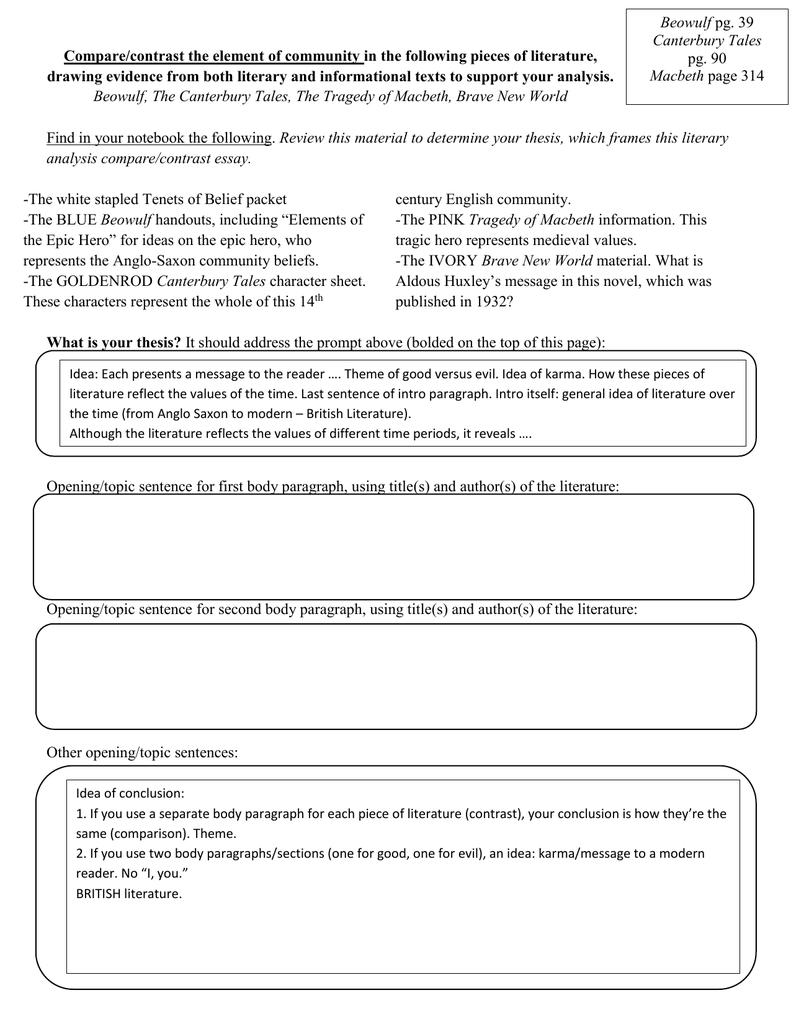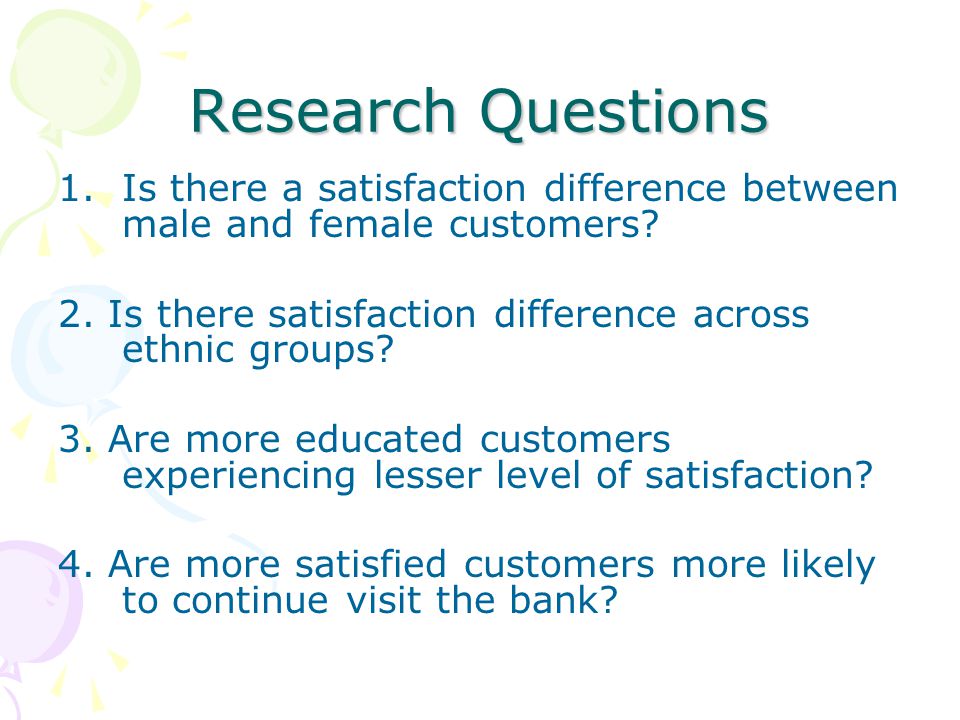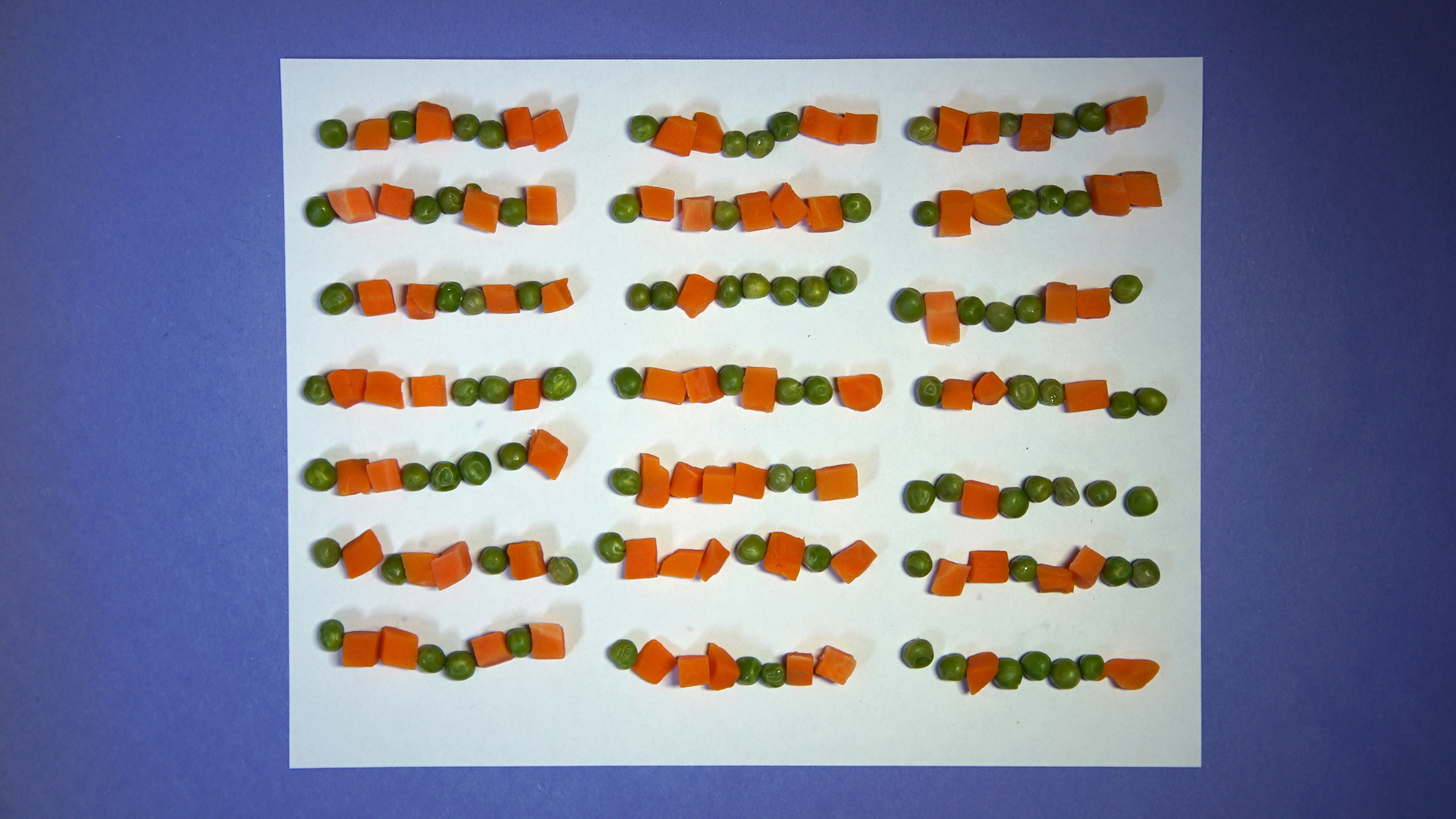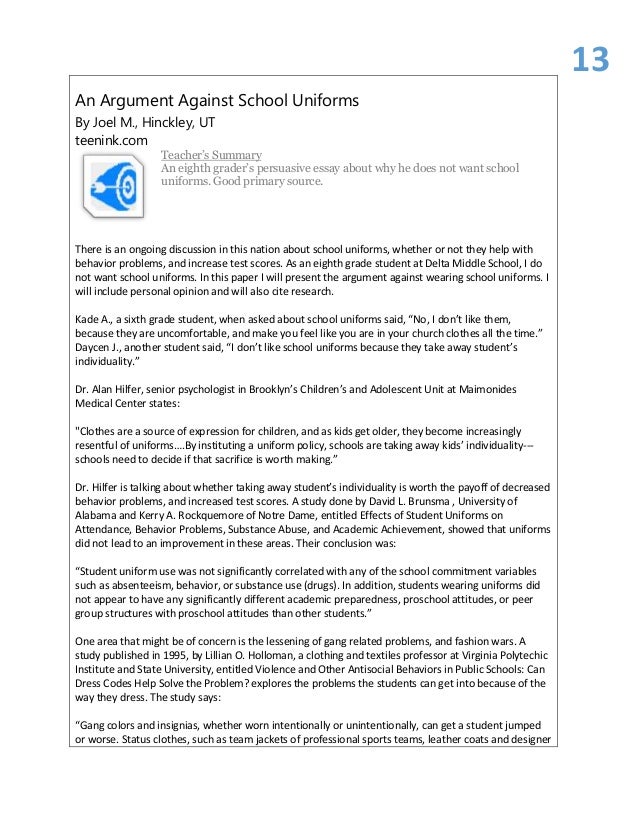Use Random Assignment in Experiments to Combat Confounding.
Random assignment helps ensure that, were it not for the intervention, the intervention and control chance. In well-executed randomized controlled trials, the differences in outcomes for the intervention and control groups can be attributed with confidence to the intervention. When randomized controlled trials are not feasible, researchers sometimes consider quasi-experimental comparison group.
For the Inductive research, it helps researchers to have an idea about what related behaviors or events that need to be observed. For example, researchers tend to measure the influences of social status towards academic performances among adolescents. At first, researchers should define what “social status” is. In conceptualization aspect.

Random assignment Random assignment or random placement is an experimental technique for assigning human participants or animal subjects to different groups in an experiment (e.g., a treatment group versus a control group) using randomization, such as by a chance procedure (e.g., flipping a coin) or a random number generator. This ensures that each participant or subject has an equal chance of.

It is possible to have both random selection and assignment in a study. Let’s say you drew a random sample of 100 clients from a population list of 1000 current clients of your organization. That is random sampling. Now, let’s say you randomly assign 50 of these clients to get some new additional treatment and the other 50 to be controls. That’s random assignment.

Randomization based on a single sequence of random assignments is known as simple randomization. This technique maintains complete randomness of the assignment of a subject to a particular group. The most common and basic method of simple randomization is flipping a coin. For example, with two treatment groups (control versus treatment), the side of the coin (i.e., heads - control, tails.

The answer to this is that random assignment can allow researchers to rule out the explanations based on personality and individual difference variables. The random assignment makes it possible for participants with certain characteristics to be a part of experiment. Random assignment vs random sampling. Random sampling is related to random assignment but it is a distinct process as random.

Random assignment is the desired assignment method because it provides control for all attributes of the members of the samples —in contrast to matching on only one or more variables—and provides the mathematical basis for estimating the likelihood of group equivalence for characteristics one is interested in, both for pretreatment checks on equivalence and the evaluation of post treatment.

Random assignment is used to ensure that any preexisting differences among the subjects do not. Collecting a true random sample helps the researcher ensure that the statistics they are using to make inferences about a population are accurate. Although random samples are the ideal, researchers will often end up using samples of convenience instead (e.g., volunteers from an Introduction to.

This, in turn, gives the researchers the random assignment they need to derive higher-resolution comparisons of the effects schools have on student achievement. advertisement.

Random assignment helps to come to the understanding. Thus, students reap important benefits. They realize that something must be improved and so, undertake effective measures to solve their obstacles. When students ask “what service will write my homework for me?”, they commonly use AssignCode because it provides excellent technical assignment help. Random assignment is one of the paths.

Random assignment means that participants have been independently assigned to groups. Imagine that we have selected 40 participants for a two- group experiment. We could use a table of random numbers to assign 20 participants to the experimental group and 20 to a control group. This would be an example of random assignment of participants to conditions. In Chapter 7, we will discuss.

Random assignment helps establish the comparability of the treatment and control group, so that any differences between them that emerge after the treatment has been administered plausibly reflect the influence of the treatment rather than pre-existing differences between the groups. The distinguishing characteristics of field experiments are that they are conducted real-world settings and.

With random assignment, groups are thought to possess a state of equipoise or equal levels of prognostic, confounding, and demographic characteristics at baseline between groups. Non-probability sampling allows for researchers to study rare outcomes, generate hypotheses, establish prevalence, and create measures of odds and risk in patient populations. Causal effects cannot be inferred from.



